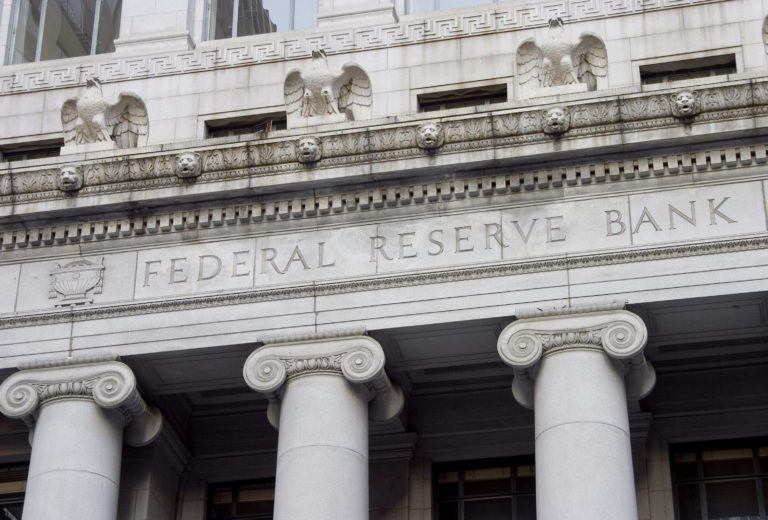Federal Reserve officials last month debated how high they should raise interest rates to achieve their economic goals, with some arguing that they might need to lift rates to a level that would modestly restrain growth.
In the end, the Fed modestly raised its key short-term rate and predicted that it would continue to gradually tighten credit to manage growth and inflation amid a steadily healthy job market and economy.
The discussion, revealed Wednesday in minutes of the Fed’s Sept. 25-26 policy meeting, showed that a few participants thought the Fed’s key rate would need to “become modestly restrictive for a time” to prevent inflation from climbing too high. Other officials said they would oppose a restrictive rate policy without clear signs of an overheating economy and rising inflation.
The minutes did not indicate that officials reached a conclusion. But they did show that all Fed officials favored gradual rate increases.
Economists said that the minutes supported the widespread view that the Fed is going to keep slowly raising rates in response to strong growth.
“Overall, nothing here to change our view,” said Paul Ashworth, chief U.S. economist at Capital Economics.
Many economists say they think growth will start to slow next year as the effects of tax cuts and increased government spending begin to wane.
After the Fed raised its key policy rate at last month’s meeting for the third time this year, the action was immediately assailed by President Donald Trump as a risk to the economy’s continued strength under his watch.
In recent weeks, Trump has escalated his attacks, sparking alarm among Fed watchers and economists. The Fed has long been seen as needing to remain free of political pressure to properly manage rates, and presidents have generally respected that independence, especially publicly.
Trump, though, has stepped up his attacks of late, and in an interview Tuesday he went so far as to call the Fed, with its steady rate hikes, “my biggest threat.”
The president’s criticism intensified after last week’s big stock market tumble, which has been partly reversed this week. Rising rates can often depress stock prices by leading investors to shift money out of stocks and into bonds to capture higher yields.
Trump’s attack aren’t mentioned in the minutes of the September Fed meeting. Jerome Powell, whom Trump chose as chairman after deciding not to offer Janet Yellen a second term, has said the Fed won’t be influenced by outside criticism in managing the economy to try to maximize employment and keep prices stable.
In theory, Trump’s concern that the Fed could potentially threaten economic growth isn’t without cause. A report last year from Goldman Sachs documented that the most common cause of the 12 post-World War II recessions it studied was excessive credit tightening by the Federal Reserve.
The minutes showed that officials were generally pleased, though, with how the economy is unfolding this year, with strong job growth and inflation hovering near the Fed’s 2 percent goal. The minutes noted that the tax cuts Trump had pushed through Congress late last year, along with the spending increases Congress approved at the start of this year, were helping boost economic activity.
The minutes of the meeting revealed some concerns about the consequences of Trump’s combative trade actions, including the sweeping array of tariffs he has imposed on imports. The Fed noted that business contacts had expressed worries about lost markets and rising prices for steel and aluminum.
After last month’s meeting, the Fed issued a forecast that predicted one more rate increase before year’s end, three more in 2019 and a final one in in 2020. At that point, the policy rate would be 3.4 percent, according to the median of Fed officials’ individual forecasts, above the 3 percent level that the central bank now pegs as its “neutral rate.” The neutral rate is the point at which the Fed believes its policy would be neither boosting growth nor restricting it.
(AP)










